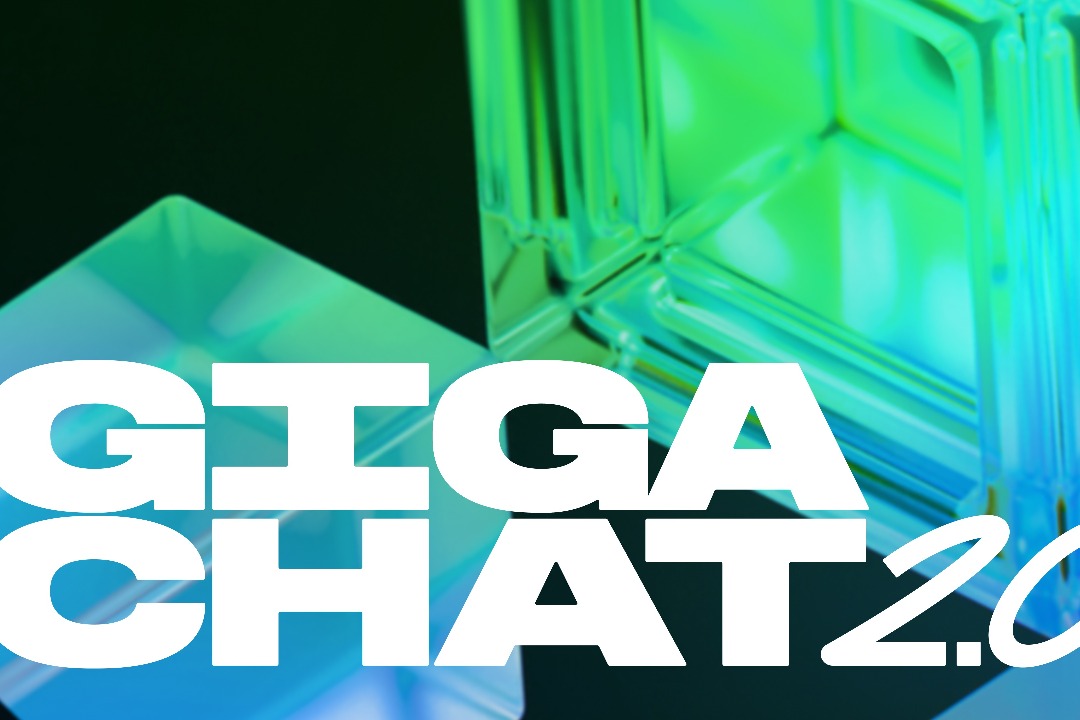How Sber’s GigaChat AI Presentation Generator Revolutionizes Automated Slide Creation in Russia

Revolution in Russian AI: Sber’s GigaChat Unveils Automated Presentation Creation
Innovation for the Russian Digital Landscape
Russia’s technology ecosystem has achieved a significant milestone with the introduction of Sber’s GigaChat’s new ability to generate complete presentations automatically. This breakthrough marks the first instance of such functionality becoming publicly available on the Russian market. By combining advanced language and image generation technologies, this solution stands out for its promise of streamlined content creation, powered by artificial intelligence. The integration of automated document design and instant export options creates a compelling proposition for users seeking efficiency in business, education, and creative communication.
At its core, the offering empowers users to transform a concept or prompt into a structured, visually appealing document with minimal effort. The process is interactive by design, inviting users to set the subject, review what is produced, and customize as desired. When ready, the output is accessible as a widely compatible file—ensuring easy refinement or direct use for meetings, reports, and strategic communications. This marks a new era for “AI productivity tools” regionally, as it streamlines the pathway from idea to presentation.
Keyword research reveals strong interest in “AI presentation generator,” “automated slide creation,” “Russian digital innovation,” “business productivity tools,” and “neural network content generation.” These terms are highly relevant to current digital transformation trends, reflecting user demand for tools combining text and visual output, ease-of-use, and robust file compatibility. In the context of Sber’s introduction, each reflects a component of the value proposition attracting professionals and enterprises alike.
How Sber Transforms Ideas into Visual Documents
The engine behind this solution leverages dual neural models for text and image generation. The initial step is straightforward: one specifies the desired topic. The system’s algorithms immediately analyze semantic context, drawing on extensive training data to produce informative, relevant content. The layout is crafted automatically according to contemporary standards of structure and clarity, encapsulating the information in a format suitable for business or academic needs.
A critical feature here is flexibility. After the model produces a draft, users are free to adjust slides, swap out visuals, modify wording, or re-order sections to match their objectives. This blend of automation and manual control ensures that the result is not just rapid, but precisely tailored to purpose. Once the polish is complete, instant export—either in PPTX or PDF—enables seamless sharing and integration into established workflows, without barriers to compatibility.
Such a workflow echoes best practices in “digital content automation” and “smart productivity enhancement.” Enterprises can leverage the technology to accelerate proposal development, internal updates, and training resource creation. For educators and consultants, the offering means more time spent on strategy rather than layout, as AI handles the mechanics of putting ideas into structured visual form.
Behind the Scenes: Synergy of Text and Image Models
A defining technical trait of this system is its use of two specialized neural networks. One crafts the language, drawing on conversational prowess and contextual awareness; the other produces imagery attuned to the theme and style selected. Working in tandem, these models create a comprehensive slide deck or document—where narrative and design are tightly integrated. This synergy yields more than superficial beauty: it ensures each slide delivers clarity, coherence, and professional polish.
For “presentation automation” and “machine-generated visuals,” this approach sets a new benchmark. Competition in AI-powered content creation internationally often struggles with seamless fusion of text and visuals. Here, Russian users gain access to a solution designed from the outset for regional and linguistic nuance, leveraging expert understanding of local idioms, business etiquette, and design preferences.
Once downloaded, the final product remains fully editable with familiar software tools. This ensures agility—users can refine further without friction, support localization needs, or integrate branded elements. The file’s compatibility preserves accessibility for individuals, teams, and organizations operating across devices or platforms.
Early Access and Future Potential
The rollout of this solution is currently limited, available in preview form via the official web portal. This allows a select user base to test productivity enhancements firsthand and share feedback. Early adopters gain an advantage—experiencing tomorrow’s content automation today, contributing insights that will drive future improvements. The “beta” nature signals a commitment to ongoing refinement, with the likelihood of expanded features and broader device support as development continues.
Interest in “Russian AI,” “business automation,” and “enterprise software” remains strong across search and social channels. By offering transparent processes, robust output, and adaptability, this platform sets expectations for future AI-driven office productivity tools on the Russian market. Observers note the strategic potential for further integration into corporate environments, education systems, and creative industries.
In conclusion, Sber’s newsworthy innovation delivers on the promise of AI-empowered productivity for Russian users. Streamlined workflows, professional output, and flexible customization converge to create a unique proposition, shaping the future of automated document design and presentation creation for the region.
